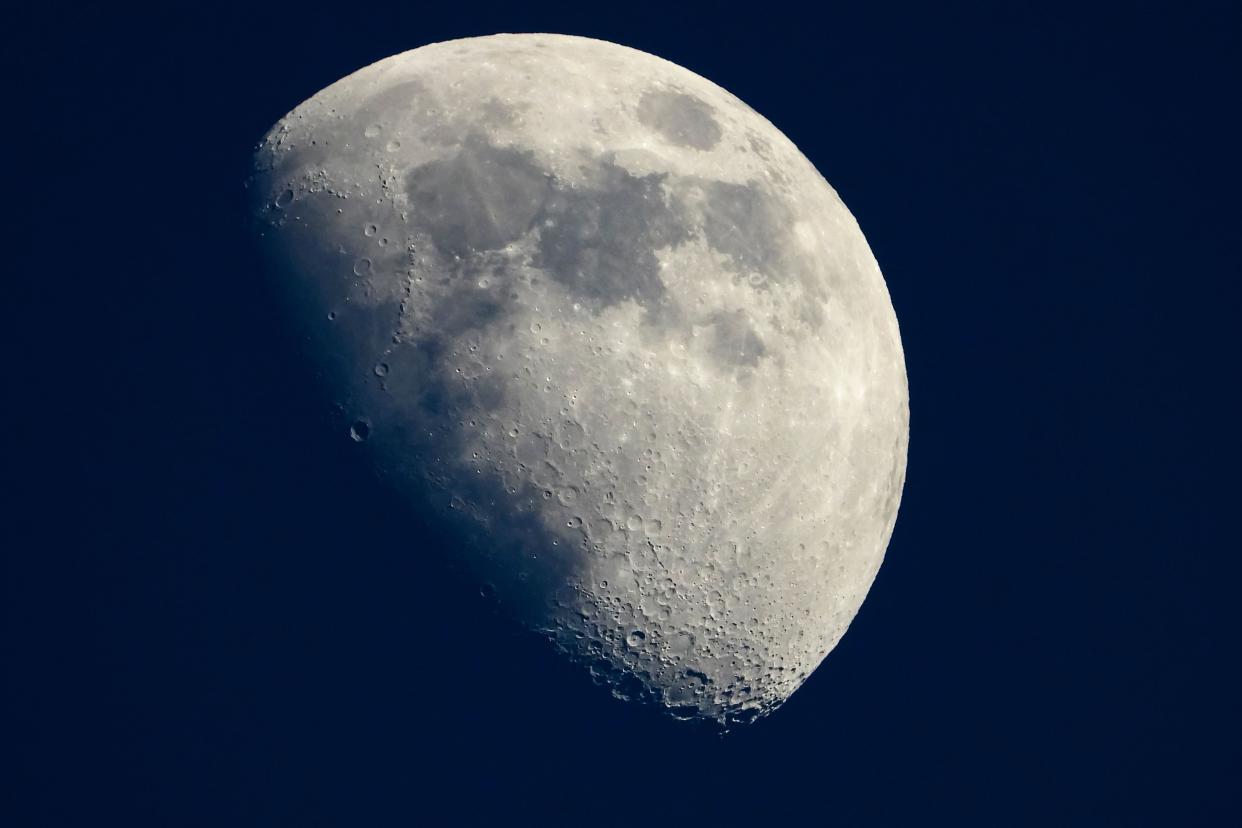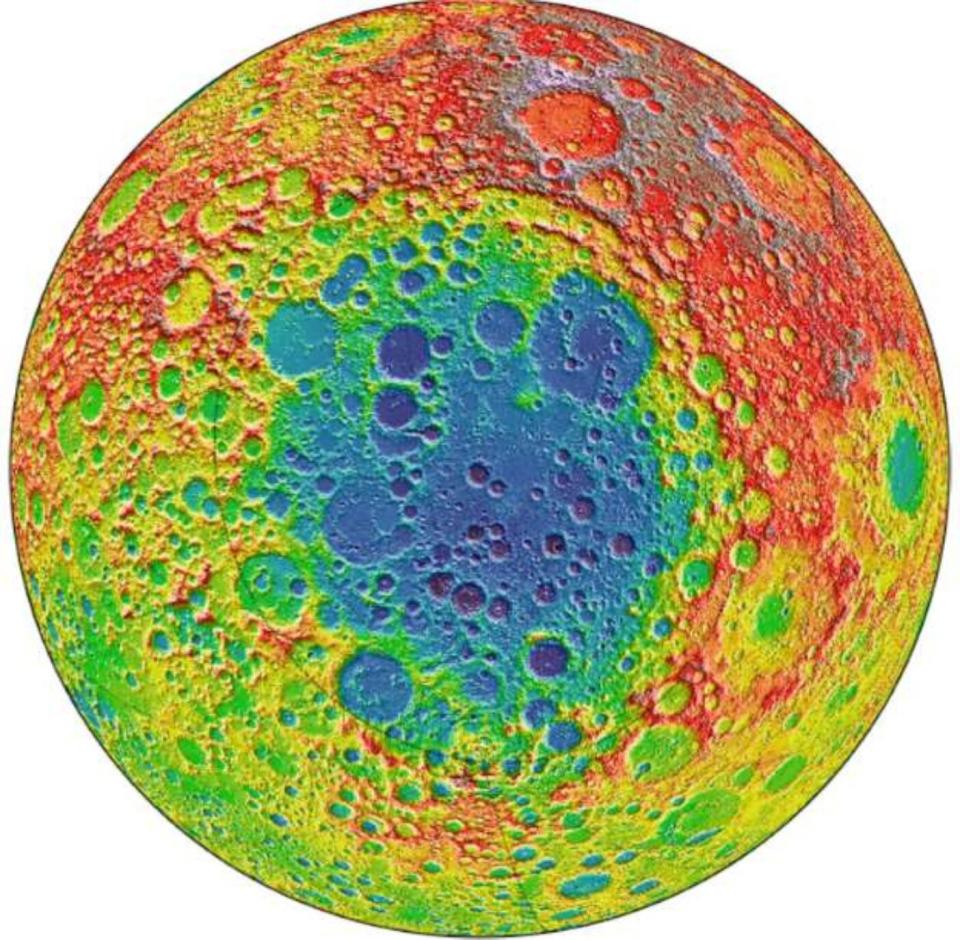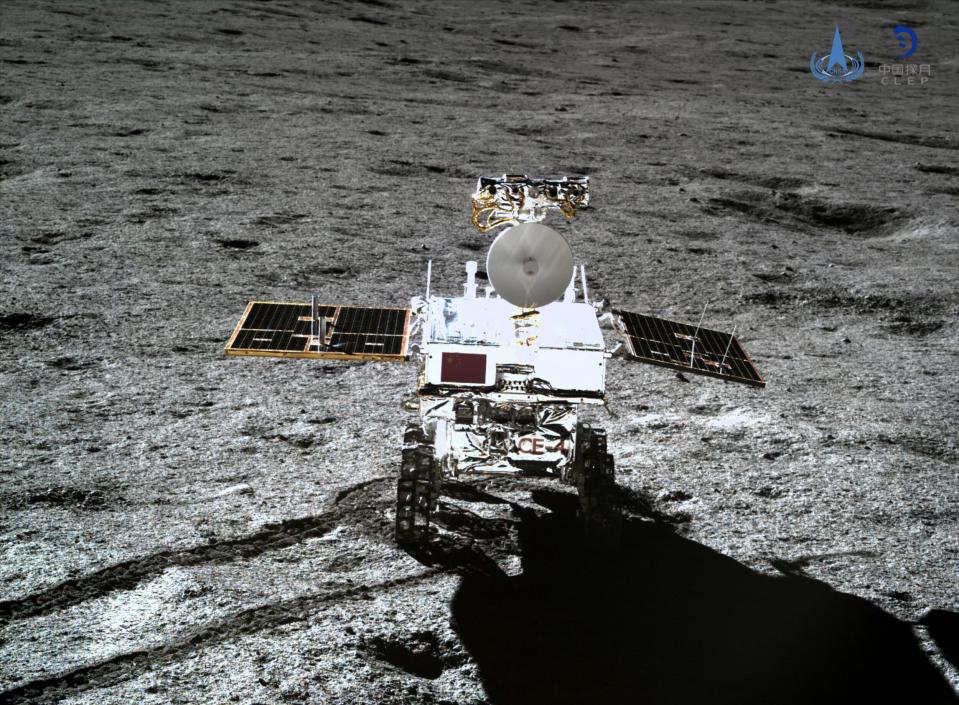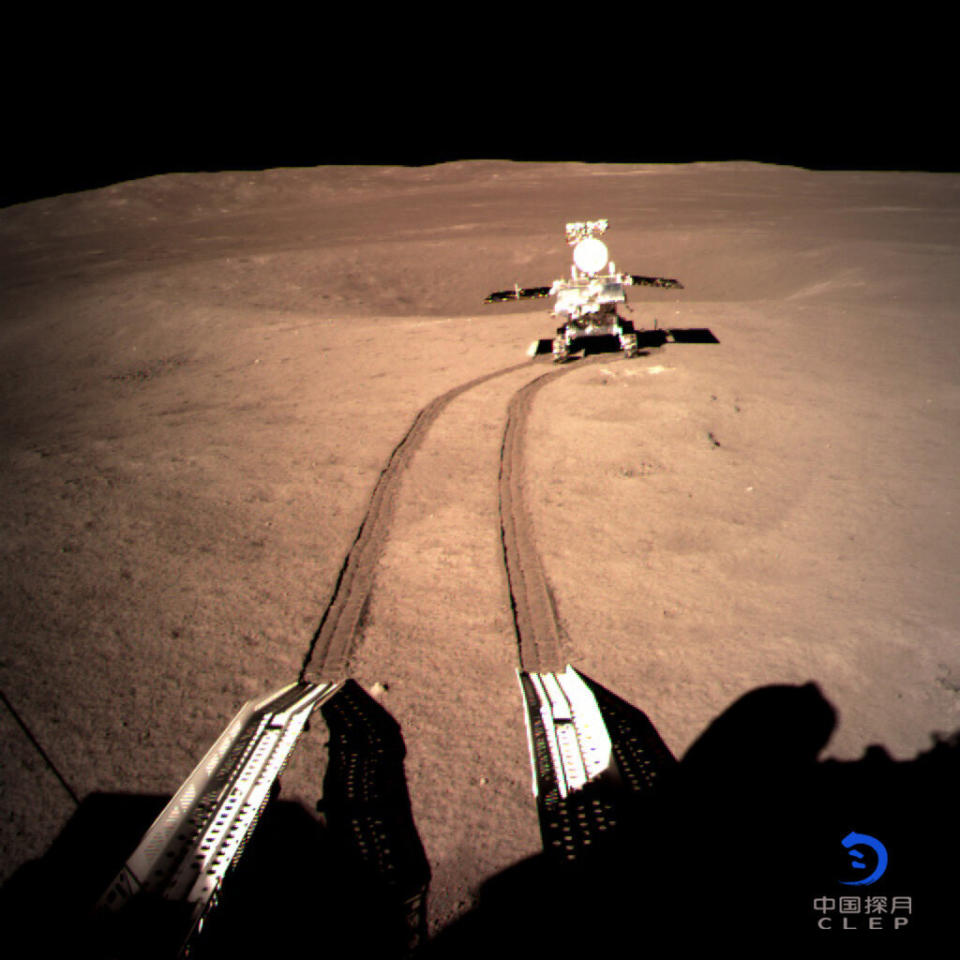60-year-old moon mystery may have finally been solved, claims China

China says it may have uncovered strange rocks that may come from deep inside the moon.
The country’s space agency claims to have found the first signs of lunar mantle material available for scientific study.
These new findings are part of a mission to help to solve long-standing mysteries about the moon’s formation and evolution.
The breakthrough claim follows China becoming the first country to successfully land on the a spacecraft on the farm side of the moon.

Rover Yutu-2 of the Chang’e-4 lunar probe, used reflected radiation to analyse the minerals within its landing site inside the moon’s Von Kármán crater.
China claims the rover spotted layers that are rich in two mineral types - with both not a usual match for a planet’s typical lunar crust.

Scientists’ knowledge of the Moon’s surface mostly comes from due the samples brought back by the Apollo missions, which all landed on the moon’s near side.
But they have been searching for samples from the moon’s mantle, a solid layer beneath the crust that was once hot, for years.
Read more:
Nasa picture captures incredible beauty of UK from space
Space plane ‘could soon fly from London to NYC in an hour’
Worms in space: why we are launching them
‘If this really is a bit of the mantle, then that is so cool,’ says Sara Russell, a professor of planetary sciences at the Natural History Museum in London.
Ms Russell said a genuine lunar mantle sample would represent a ‘critical piece of the jigsaw’ found at long last.

But some are uncertain of how conclusive the study’s claim is at this stage.
Professor Russell added: ‘If you’re going to find mantle material anywhere, the South Pole-Aitken basin is the best place to go.’
In January, Chinese scientists claimed a tiny cotton sprout which made history as the first plant to grow on the moon withered and died from cold shortly after it sprouted.

 Yahoo News
Yahoo News 
